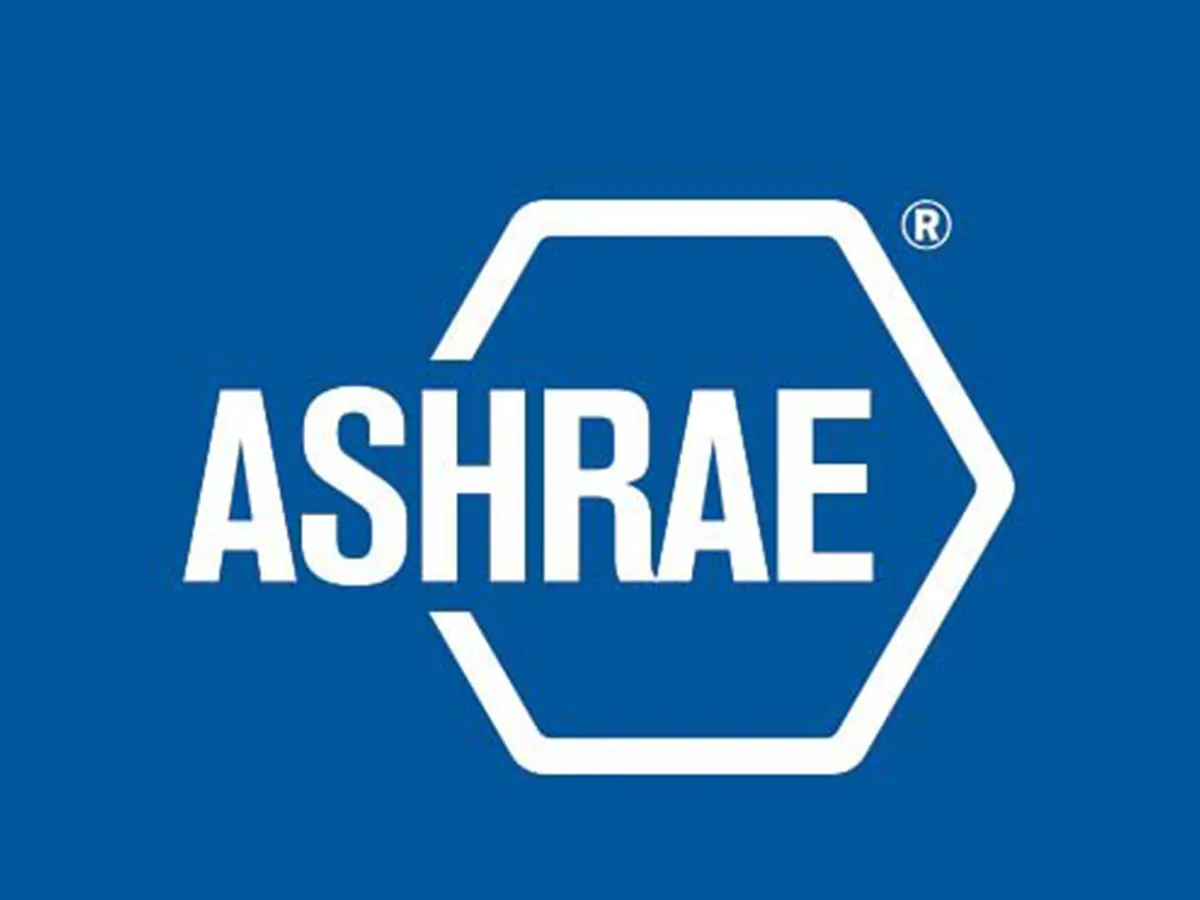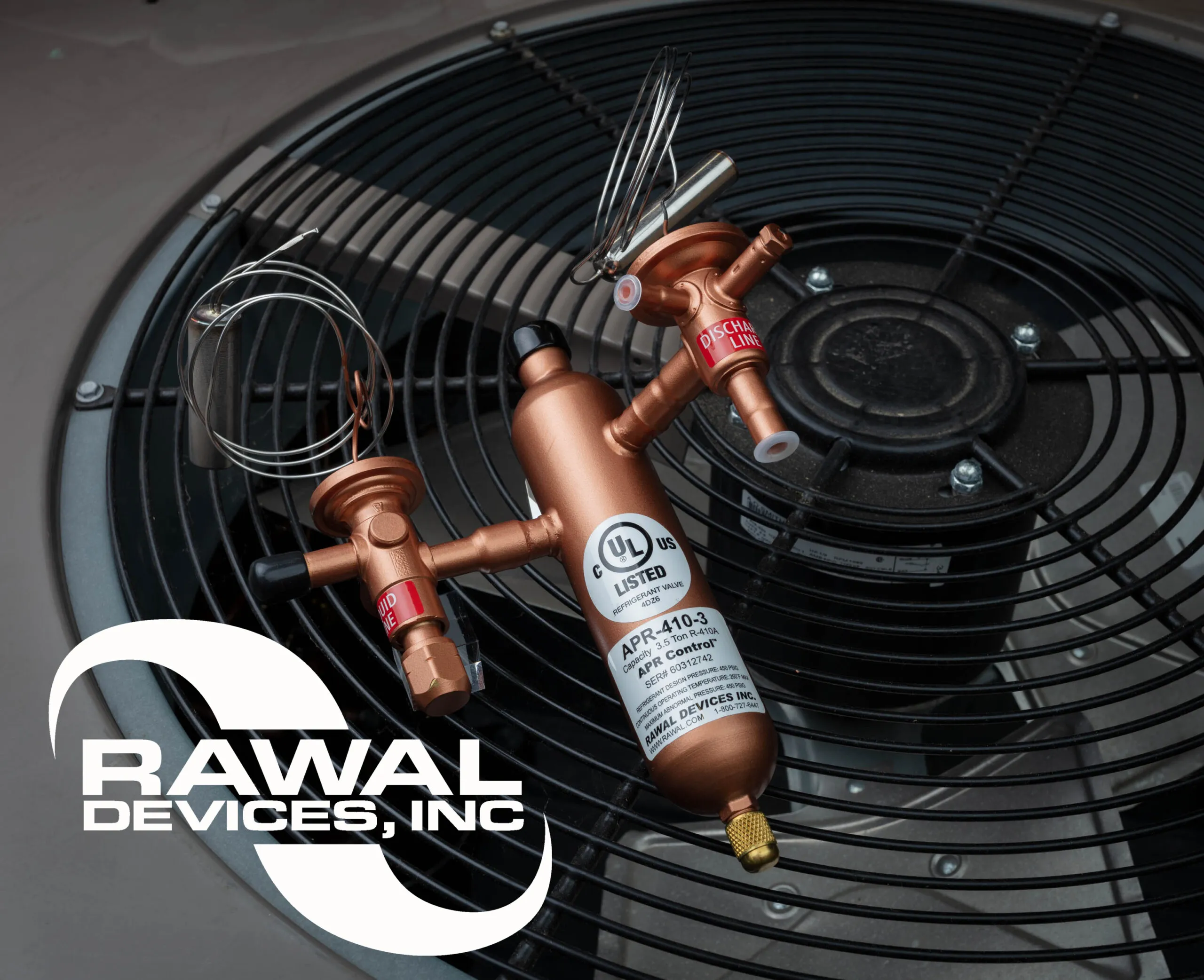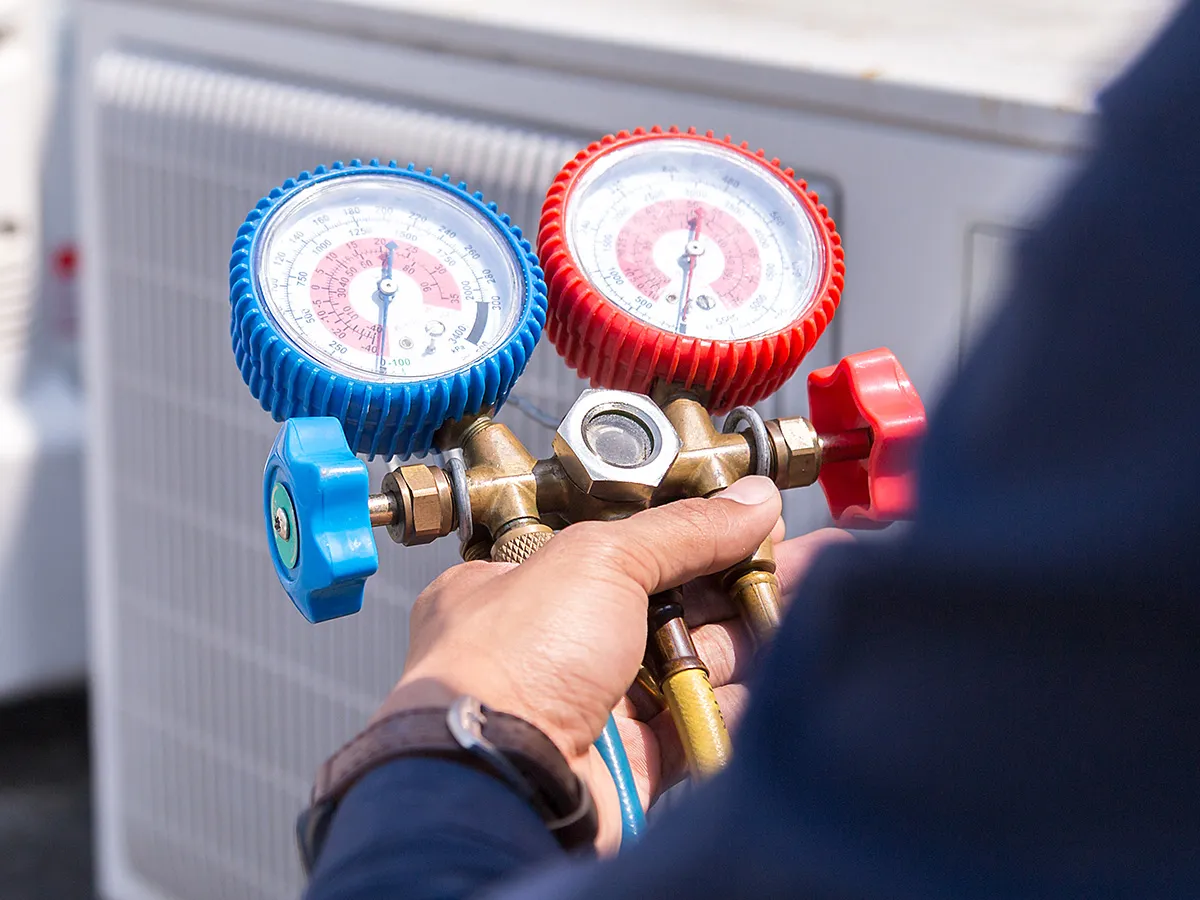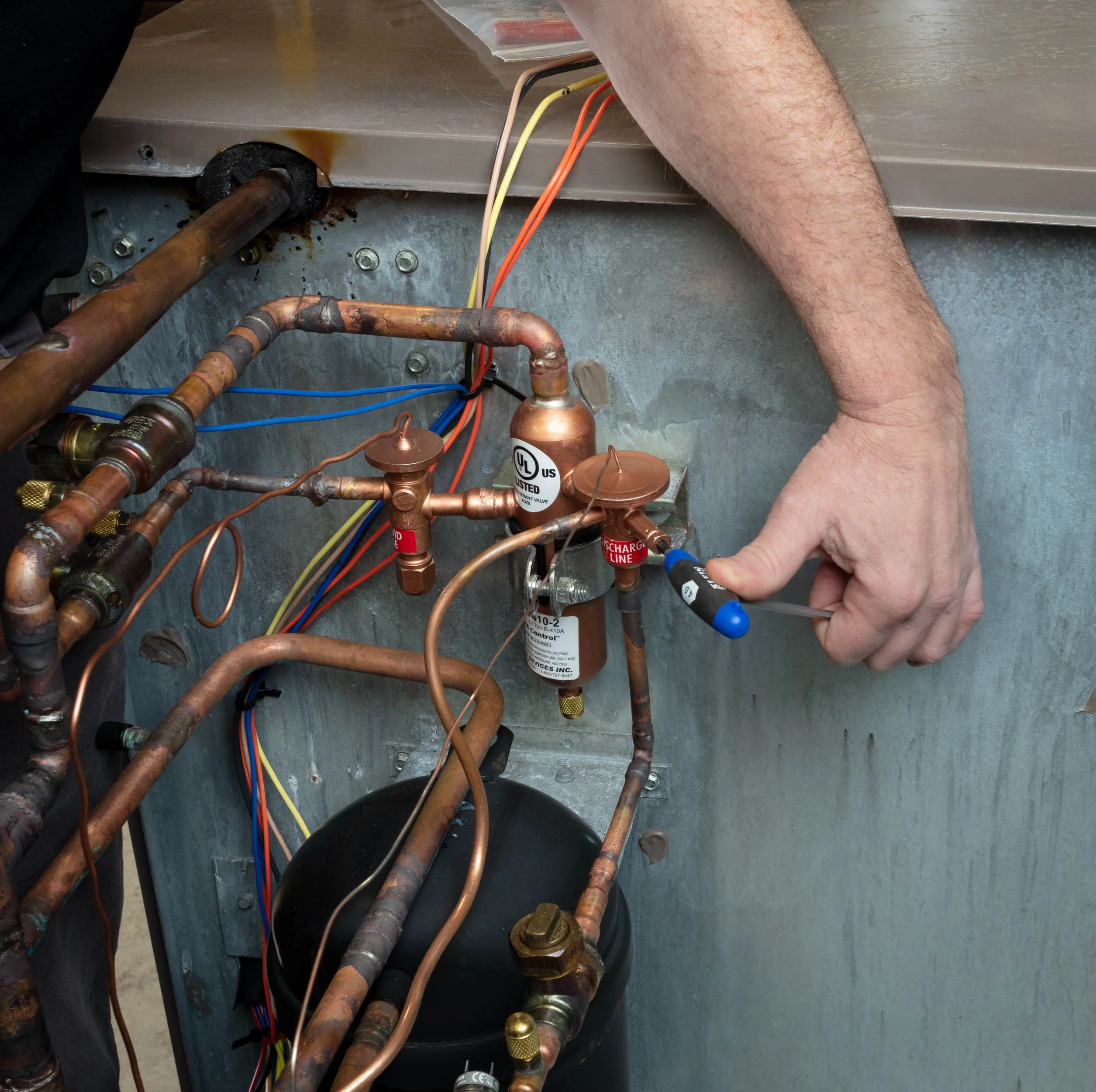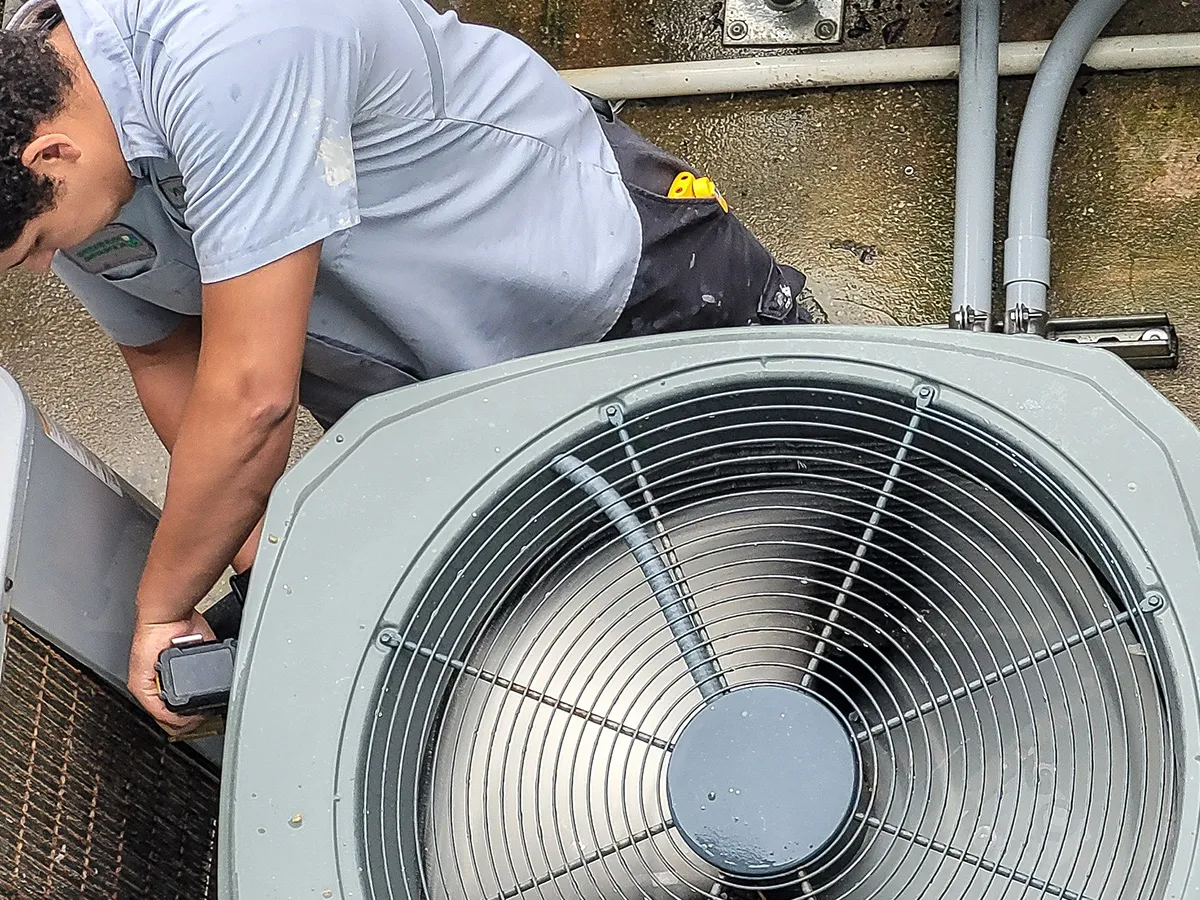ASHRAE will use this cleanroom lab for new technology demonstrations as well as making it accessible to ASHRAE members.
Project Objectives:
Reset Discharge Air Temperature for Continuous Airflow Changes
The test lab is equipped with advanced cleanroom monitoring and control systems to conduct the research project. The goal of this project is to create an energy efficient HVAC system capable of adjusting the supply air volume based on a “Demand Based Control” via room particle sensors and a particulate count setpoint (Demand Controlled Filtration). This experiment is being developed to evaluate energy savings of the fan as well as the heating and cooling equipment.
Very little research has been done on dynamic control of airflow to control particles in cleanrooms matching airflow the desired contamination limits. The high energy use and resulting cost for typical systems today and concern over availability and cost of electricity suggests that the ventilation rate should be adjusted in order to achieve the desired cleanliness, while minimizing excess airflow.”
Wei Sun, P.E.President of Engsysco, & Principal Investigator for ASHRAE Research Projects
As represented in this study, airborne particle sensors play a vital role in monitoring cleanroom air quality. The data collected is used to determine cleanroom contamination and influence automated process decisions. Accuracy and continuous monitoring are vital to the study of cleanroom indoor air quality and risk mitigation in manufacturing processes while reducing power consumption.
The scope of this project has been to vary the flow of air – not based on temperature or humidity criteria – but instead on the particle counts (cleanliness) of the room. Making the particle count of the room a priority involves a variety of sensors. These sensors count in real time to measure the cleanliness of the air and vary the air changes per hour to maintain below-the-particle-count specifications.
Unfortunately, for the design team this necessitated a cooling system that has the ability to be as dynamic and responsive as the air handling system. Unlike a variable air volume (VAV) system that varies the airflow based on space temperature, they had to vary the supply air temperature to maintain the space temperature setpoint. The Principal Investigator design team elected to reset the discharge air temperature from room temperature setpoint deviation. They had several choices of equipment selection on which to decide. Trane donated a standard 3.5-ton condensing unit for the study. The Trane unit was a single stage, non-modulating, “off the shelf” basic unit. This presents an issue with controlling room temperature and humidity to meet specification due to the need for continuous airflow changes during the particle testing procedure.
Engineered Solution:
Install the Electronic APR-E Valve for Precision Discharge Air Control
The Engsysco team’s solution has been to add the APR-E® Valve provided by Rawal Devices, Inc. The APR-E ®valve is an electrically driven, electronically controlled, external compressor unloading device – popularly used as a discharge air controller on many staged DX systems. The field-proven electronic APR-E Valve provides a unique solution for maintaining stability and precise control of temperature. Since 1993, Rawal has been the exclusive manufacturer of the mechanical APR Control® for solving oversized air-conditioning challenges. The APR Control has been demonstrated to be a reliable solution in thousands of applications, providing continuous capacity modulation for DX systems, resolving short cycling and dehumidification challenges.
Adding the APR-E Valve allows continuous turn-down (within its modulation range) to the system’s cooling capacity. This correlates to precise discharge air control which standard DX has difficulty consistently achieving. The design team adjusted the discharge air temperature of the system to maintain the tight temperature tolerances of the room. Normally a single-stage compressor could not provide the level of precision that their experiment demands. Utilizing the APR-E Valve modulating in response with their tuned algorithm, the discharge air never varies more than 1° F from the temperature setpoint, despite varying the airflow to satisfy the particle count demand.
Precise discharge air control was much needed for the ASHRAE Test Lab in a tightly controlled environment. By the APR-E® Valve modulating technology on a single stage, constant speed compressor utilizing , integrated and programmed into our BMS controls, we were able to maintain a deviation from setpoint of no more than +/- 1°F in the testing environment suite which consists of 4 cleanrooms of air cleanliness from ISO Class 8 through Class 1.”
Conclusion
The results and findings of this ASHRAE funded research will have a direct impact on new cleanroom conservation standards, possibly updating and improving the ISO Cleanroom Standard 14644-Part 16 3. Rawal Devices was proud to be a part of this project, providing the precision control which the new energy codes will demand.
Resetting the discharge air temperature based on space conditions or energy requirements is becoming the rule rather than the exception. With the electrically driven & electronically controlled APR-E Valve, engineers now have the ability to control any single or multi-stage DX system to a precise discharge air setpoint. Equipment or system design limitations make direct discharge air control of this type almost impossible to achieve otherwise.
The APR-E Valve transforms any single-stage or multi-stage DX system into a modulating technology with precision control. The APR-E® Valve delivers a cost-effective way to modulate a fixed compressor to a precise discharge air setpoint!
